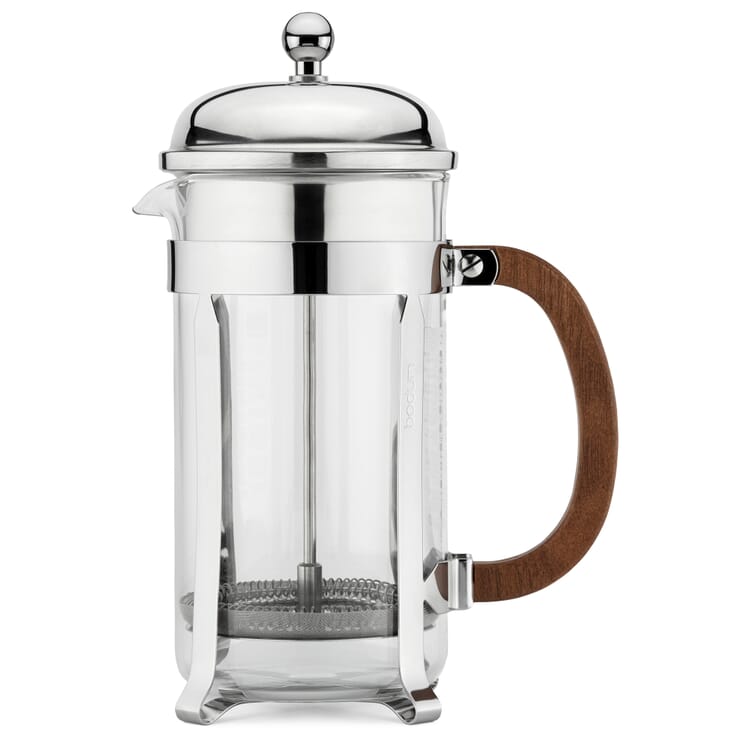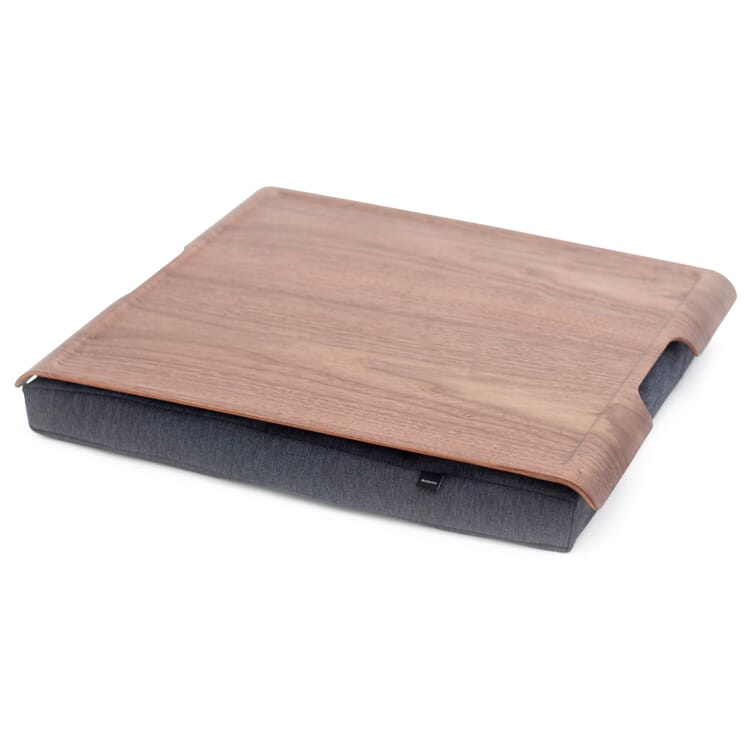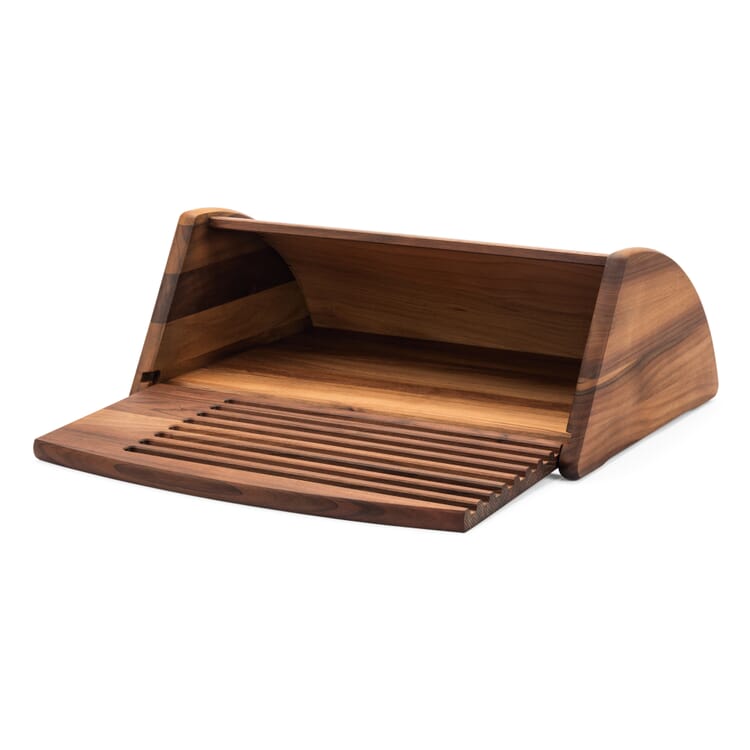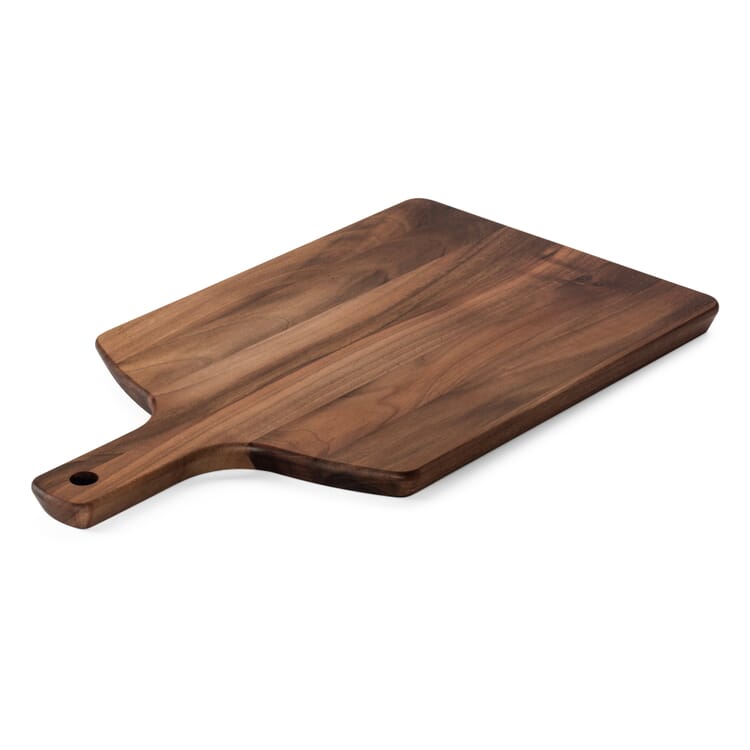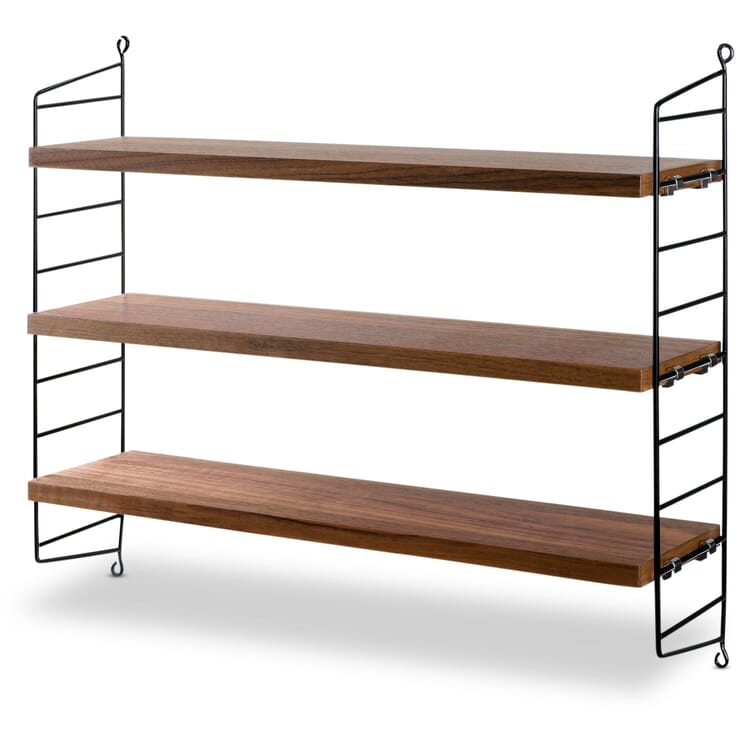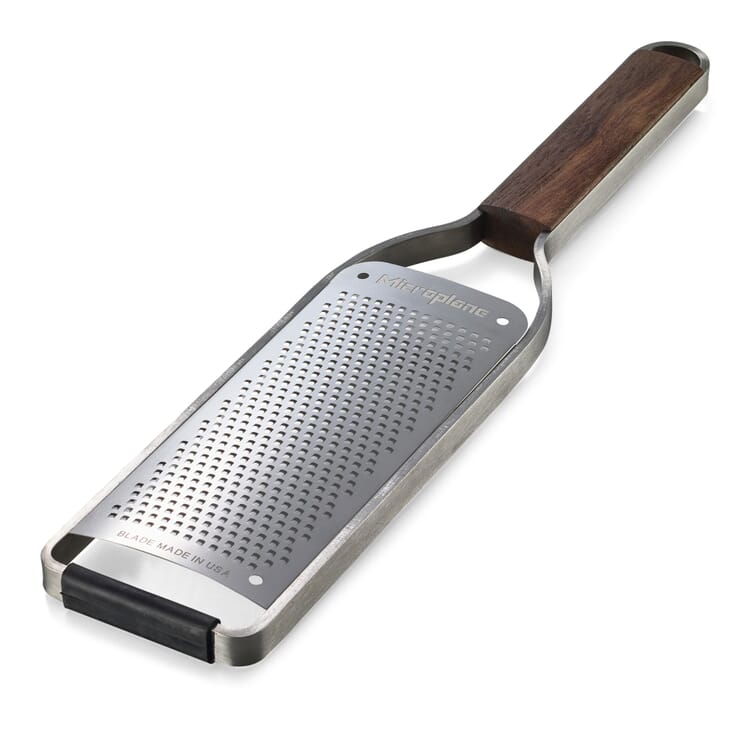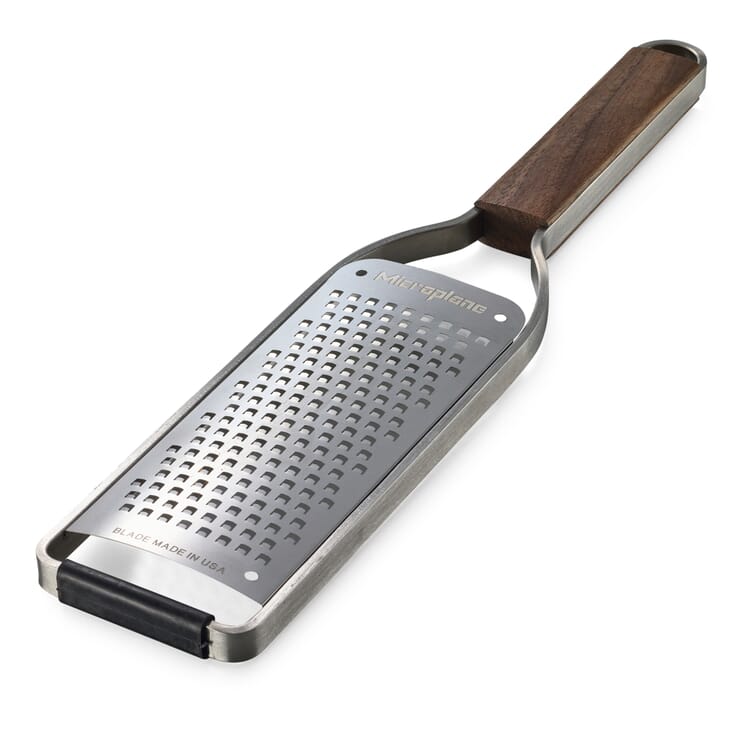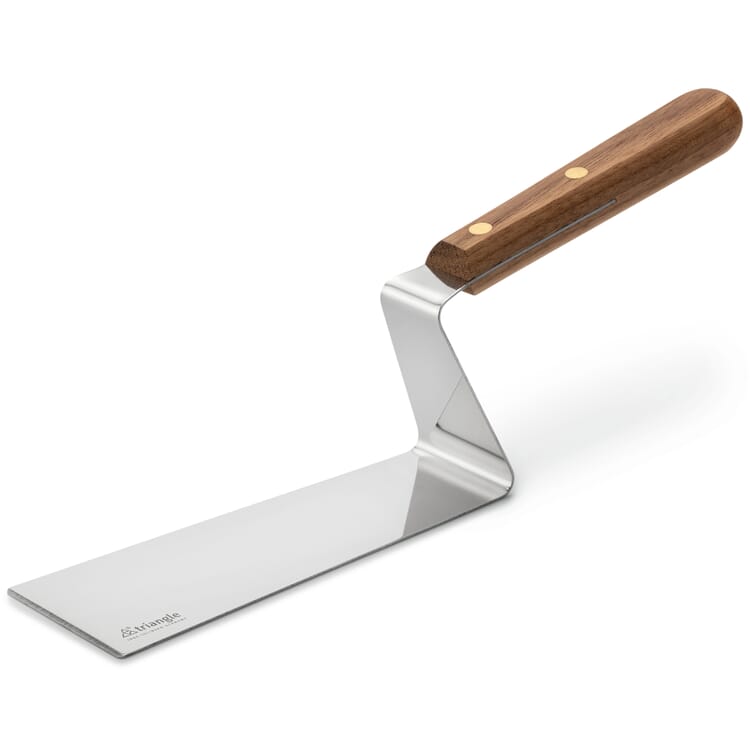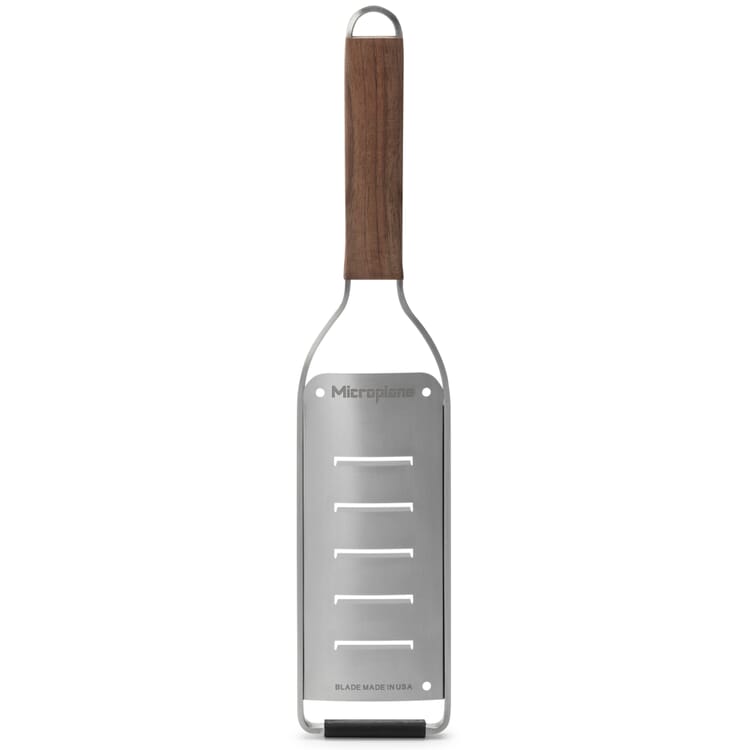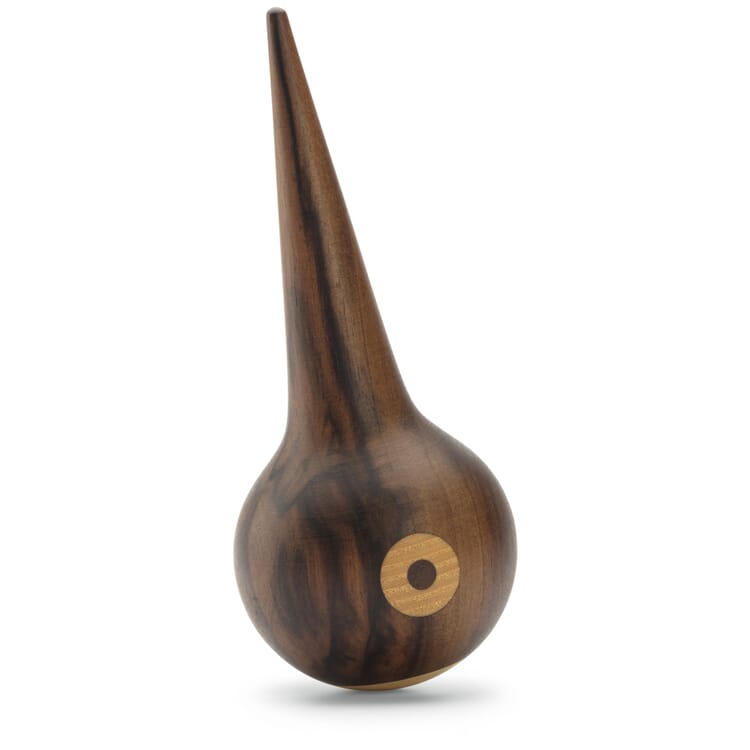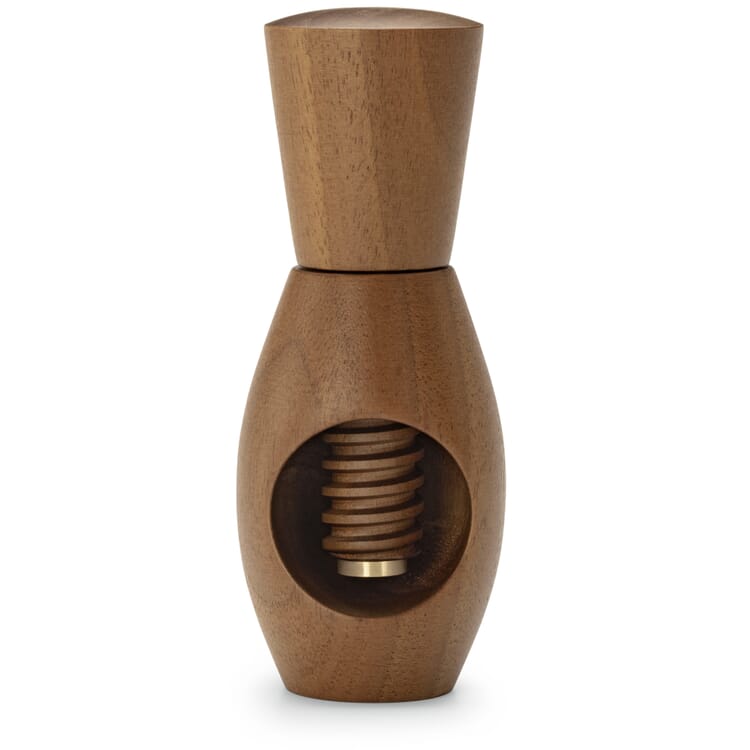Material
Walnut. The sustainable alternative to tropical wood
The term walnut covers the woods of different walnut trees (Juglandaceae). In appearance and properties they are quite similar to each other. In the trade, those of the true walnut (Juglans regia) and the American black walnut (Juglans nigra) are primarily represented. Both trees belong to the light tree species, they are heat-loving and have a spreading crown. Accordingly, they need a lot of space to thrive. The walnut is mainly cultivated for its nuts, and Grenoble in particular is known for its walnuts. Their wood thus accumulates mostly as a by-product. The black walnut, whose original area of distribution is eastern North America, has also been successfully cultivated for forestry purposes in Europe since the beginning of the last century. However, walnut wood - which is highly sought after because of its noble appearance - is only available in limited quantities, which is the reason for the high prices.
The properties of walnut
Walnut is one of the precious woods and one of the most expensive woods. Its beautiful dark color and vivid grain make it a popular wood for furniture making, exclusive interiors and high-end home accessories. Because of its decorative, noble appearance, walnut is also often processed into veneer wood. Since the color varies greatly depending on the location of the tree, each piece is unique. The advantages of walnut wood in detail:
- In color and pattern, walnut wood is very similar to tropical teak and therefore represents a sustainable alternative to tropical wood, which we dispense with entirely in favor of the environment. The advantage with black walnut is that it copes well with the effects of climate change such as intense heat and intermittent drought
- The color of walnut wood ranges between graybraun, darkbraun and blackbraun. This also depends on whether it is sapwood or heartwood. Especially with Italian and French walnut wood, reddish braune tones are also possible. The wood of the black walnut is characterized by a homogeneous, deep-darkbraune hue, with a lighter shading than that of the European walnut
- The grain is particularly lively in all walnut woods and can be striped, cloudy or mottled. Particularly striking are the darkbraunen, sometimes almost black veins that run through the wood.
- Walnut wood is an extremely durable, medium to heavy wood with high dynamic strength and dimensional stability that is easy to work with. Its strength is comparable to that of oak
- It has low swelling and shrinkage. Walnut wood therefore works only slightly and hardly warps.
- Despite its high density, it is quite flexible and is therefore ideal for furniture construction.
Walnut wood is quite easy to care for. To clean the surface, it is best to use a soft, slightly damp cleaning cloth. For untreated wood, a maintenance oil can provide protection and accentuate the natural grain of the wood. Walnut wood should not be exposed to strong sunlight, otherwise it can come to the so-called "browning" over time. The wood then darkens considerably and the grain recedes into the background. Due to its high tannic acid content, it is sensitive to ferrous metals. Moisture causes a blue-grey discoloration. For this reason, only stainless steel screws or wooden pegs are usually used for high-quality walnut furniture.
Selected products with walnut
Recommended Topics
Robinia wood is one of the toughest and most valuable European timber. In its technical and physical properties, it is very similar to oak - in terms of gross density, compressive strength, tensile and flexural strength, it even surpasses the robust oak. And its high resistance to weathering virtually predestines it for use in garden furniture making and in the field of garden equipment.
View moreCherry wood has been highly sought-after as furniture wood for centuries; its warm red hue was already highly valued in Biedermeier and Art Nouveau, for example. In the meantime, it has become a classic and is still in great demand today, especially for upscale furniture and interior design, but also for kitchen utensils and home accessories.
View moreAsh wood is very long-fibered and one of the hardest and most load-bearing woods. In terms of strength and elasticity, it surpasses even the robust oak wood. In addition, it impresses with its color variability and its distinctive drawings. Not least because of this, ash wood is one of the most sought-after domestic wood species.
View more


